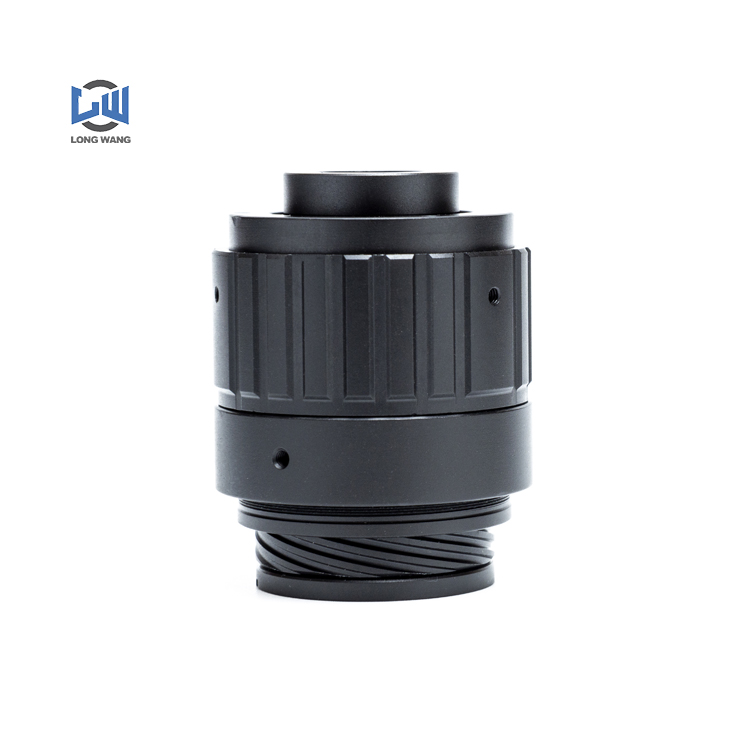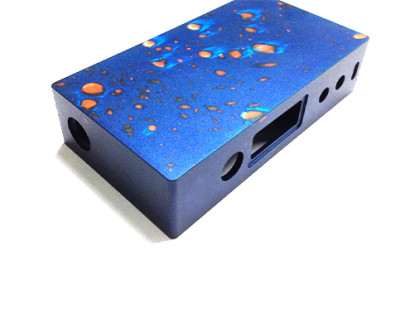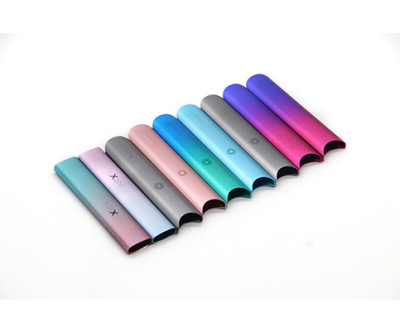Cnc Processing Camera Parts Method
CNC processing, short for Computer Numerical Control processing, is a highly efficient and precise method used in the manufacturing of various components, including intricate camera parts. This advanced technique involves the use of computer programs to control machining tools and 3D printers, ensuring unparalleled accuracy and consistency in the production process. When it comes to manufacturing camera parts, CNC processing plays a pivotal role in creating components that are essential for the functionality and performance of cameras.
The CNC processing of camera parts typically begins with the design phase, where engineers utilize computer-aided design (CAD) software to create detailed and intricate blueprints of the components. These digital designs serve as the foundation for the manufacturing process. Skilled technicians then program the CNC machines, inputting the specific dimensions and geometries outlined in the CAD files.
Once the CNC machine is set up and calibrated, the actual processing of camera parts begins. The chosen raw materials, often high-quality metals or engineering plastics, are carefully loaded into the machine. The CNC machine precisely follows the programmed instructions, using various cutting tools, drills, and other machining techniques to shape and refine the material. This process ensures that each camera part is manufactured with exceptional precision, meeting the exact specifications required for proper functioning.
One of the significant advantages of CNC processing in camera part manufacturing is its ability to create complex and intricate shapes with high repeatability. Cameras require components such as lens mounts, focus rings, and shutter mechanisms, all of which demand intricate detailing and precision. CNC machines excel in producing these parts with minimal tolerances, guaranteeing seamless integration and optimal performance of the camera.
Furthermore, CNC processing allows for rapid prototyping and iterative design improvements. Engineers can quickly test different designs, make necessary modifications, and produce updated prototypes, speeding up the product development cycle. This agility is invaluable in the competitive camera industry, where staying ahead of technological advancements is crucial.
In conclusion, CNC processing is a cornerstone of modern camera part manufacturing. Its precision, versatility, and ability to produce intricate components make it indispensable for creating high-quality cameras. As technology continues to advance, CNC processing methods are likely to evolve, further enhancing the capabilities and efficiency of manufacturing processes in the camera industry.



